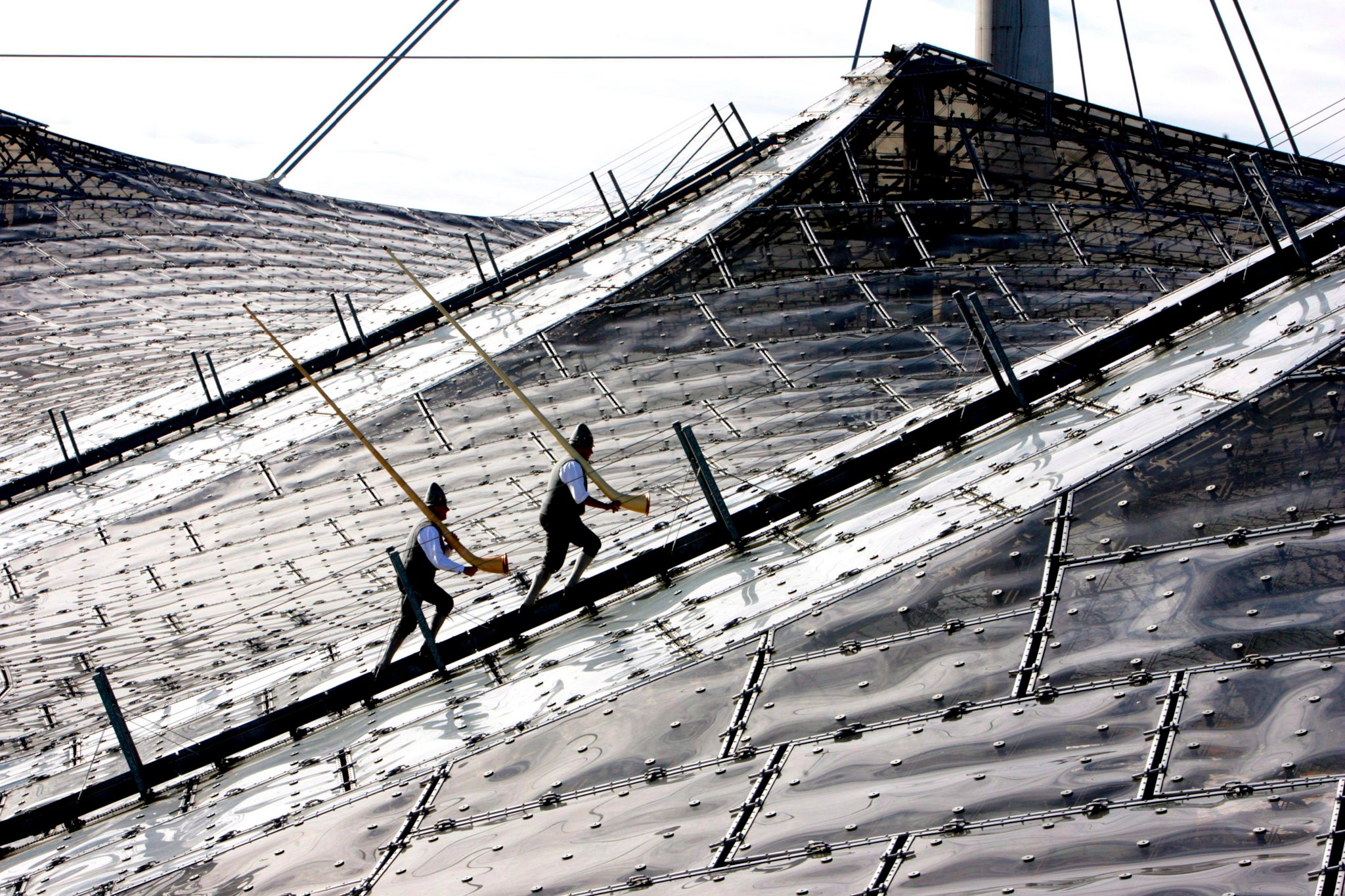German architect Frei Otto, 89, dies day before winning Pritzker Prize
He died in his native Germany on Tuesday

Pioneering German architect Frei Otto has died aged 89 just a day before he was announced as the recipient of this year’s prestigious Pritzker Prize.
The creator of extraordinary lightweight and flowing roof designs for stadiums such as the Munich Olympic Park, Otto had been informed he had won the architecture prize, but the official announcement was not due until today.
Otto’s wife Ingrid, who lived with her husband in Leonberg near Stuttgart, said he died on Monday, two months before his 90th birthday.
He was perhaps best known for the Munich Olympic Park and the West German pavilion at the 1967 Expo in Montreal. The major body of his work focused on using light frames to support thin membranes.
He founded the Institute for Lightweight Structures at the University of Stuttgart in 1964, and headed it until his retirement as a professor in 1991.
The university said Otto's work had "led to many new insights and perspectives" in architecture and design still being used today.
"Frei Otto was a fundamental influence on 20th century architecture," the school said.
Born in Siegmar, Germany, on May 31, 1925, Otto was called up for military service during World War II and initially went into pilot training before being diverted at the end of the war to serve as a soldier.
His Pritzker Prize citation said his designs were a stark contrast to the "heavy, columned, stone and masonry" architecture preferred by Nazi Germany when he was growing up.
"Otto's work was lightweight, open to nature and natural light, non-hierarchical, democratic, low-cost, energy-efficient, and sometimes designed to be temporary," the citation said.
Additional reporting by AP
Join our commenting forum
Join thought-provoking conversations, follow other Independent readers and see their replies
Comments